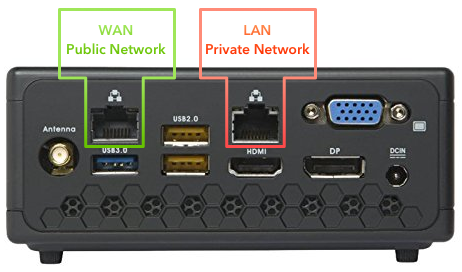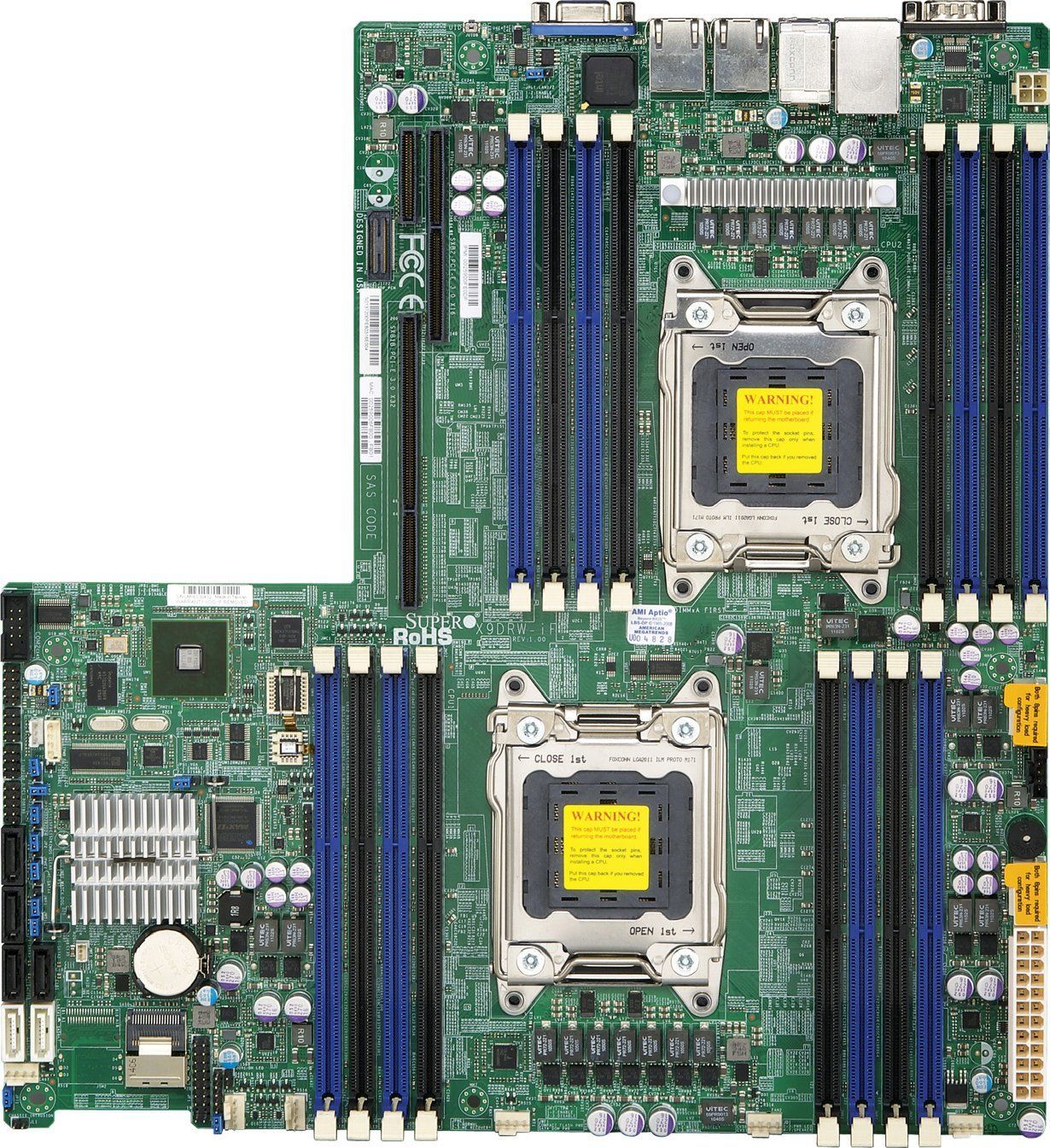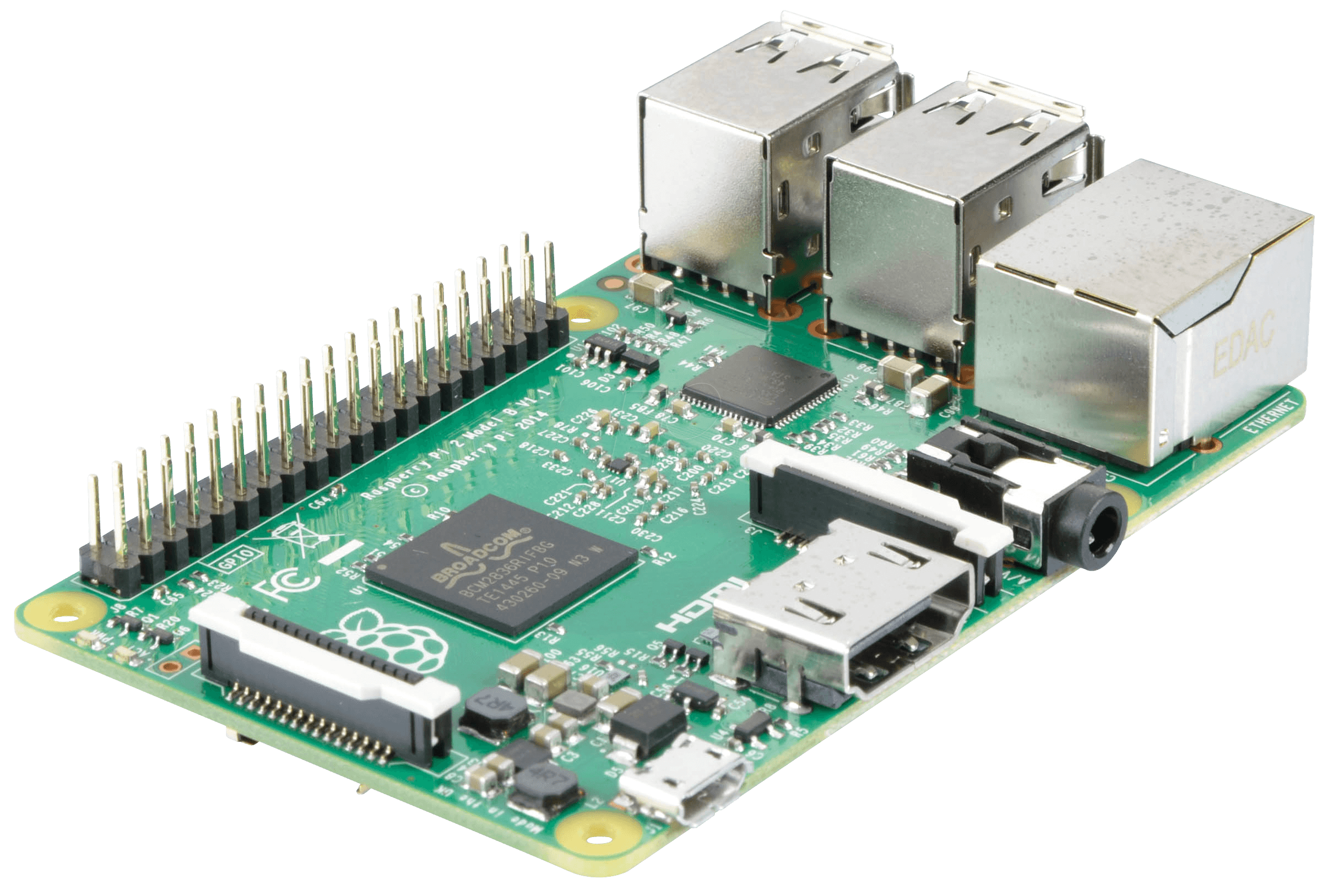Category: Tutorials
-

Build Your Own Home Router
Today we’re going to build a router. Yes, that’s right, we’re venturing into networking, which for many is uncharted, technically daunting territory. Together we will work through all of the steps required to build a high performance, Linux-based router I have named alpha — almost totally from scratch. What’s more, when it comes to speed, reliability, security, and customization, the router we build will…
-

Updating the BIOS firmware on the Supermicro X9DRW-iF
Yesterday evening I posted a detailed tutorial that explains how to flash/update the IPMI firmware on the X9DRW-iF server from Supermicro. Today I’m going to explain how to flash the BIOS on the same hardware. If you’re not familiar with what a BIOS firmware flash is, there’s no shame in not knowing, here is a…
-
Flashing the IPMI firmware on a Supermicro X9DRW-iF
I recently tasked myself with bringing IPMI up to date on a Supermicro X9DRW-iF server. This can be quite dangerous, as a bad IPMI flash can break IPMI in a way that requires you end up having to mail your hardware (RMA) to Supermicro to get it re-flashed. As such, I’m not hugely fond of doing…
-
Setup a Django VM with Vagrant, VirtualBox, and Chef
If you’ve decided that you want to learn the Django framework, but you don’t know where to begin, you’ve come to the right place. In this guide we’ll be walking step-by-step through the setup of a Django development VM. By the time we’re done we’ll have used a variety of amazing open-source tools to create a…
-
Using Git and Github to Manage Your Dotfiles
If you use OS X or Linux on your desktop/servers, you may be at a point where you have configured a lot of your own settings, configurations, or themes within dotfiles. For the uninformed, dotfiles are files in your home directory that begin with a dot, or full-stop character. This indicates to the operating system…
-
Fix for Ubuntu 10.04 Server USB Install
A bunch of tricky issues arise when trying to install Ubuntu Server from a USB drive. Also, there exists a bug in the GRUB installer that threatens to muck things up once you work through the issue of even getting Ubuntu Server installed. Today I’ll be describing how to fix all of these issues to…
-
Install Ruby on Rails on Ubuntu 10.10
In my post, Install CakePHP on Ubuntu 10.10 and 11.10, we took an in-depth view into installing CakePHP on Ubuntu 10.10. Since then, I’ve received some emails that collectively critiqued my choice of foundational programming language and suggested Ruby on Rails would be more well-received. PHP has historically been a bit of a security nightmare,…
-
Install CakePHP on Ubuntu 10.10 and 11.10
CakePHP is a framework that allows for rapid PHP development. I recently installed it on one of my home test servers and there were a few steps specific to an Ubuntu install that were required but that were not clearly outlined in the official documentation. The version of the Apache web server that gets installed…
-
Download the Linux Source Code
It is said that the best way to learn how to program is to read and modify other people’s code. Through an open, relatively uninhibited distribution of code, the open source community inherently promotes this learning method. The C programming language is arguably the most archetypal of programming languages, in the sense that seemingly all…
